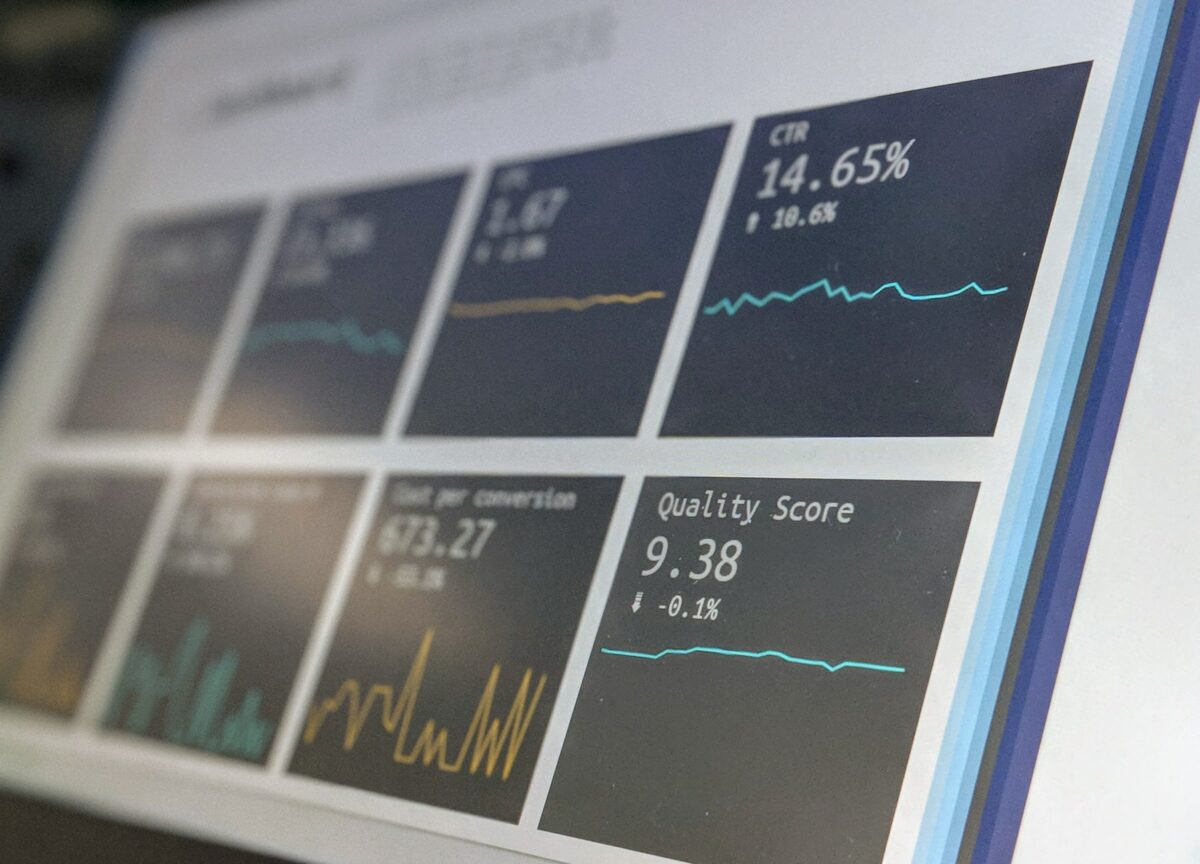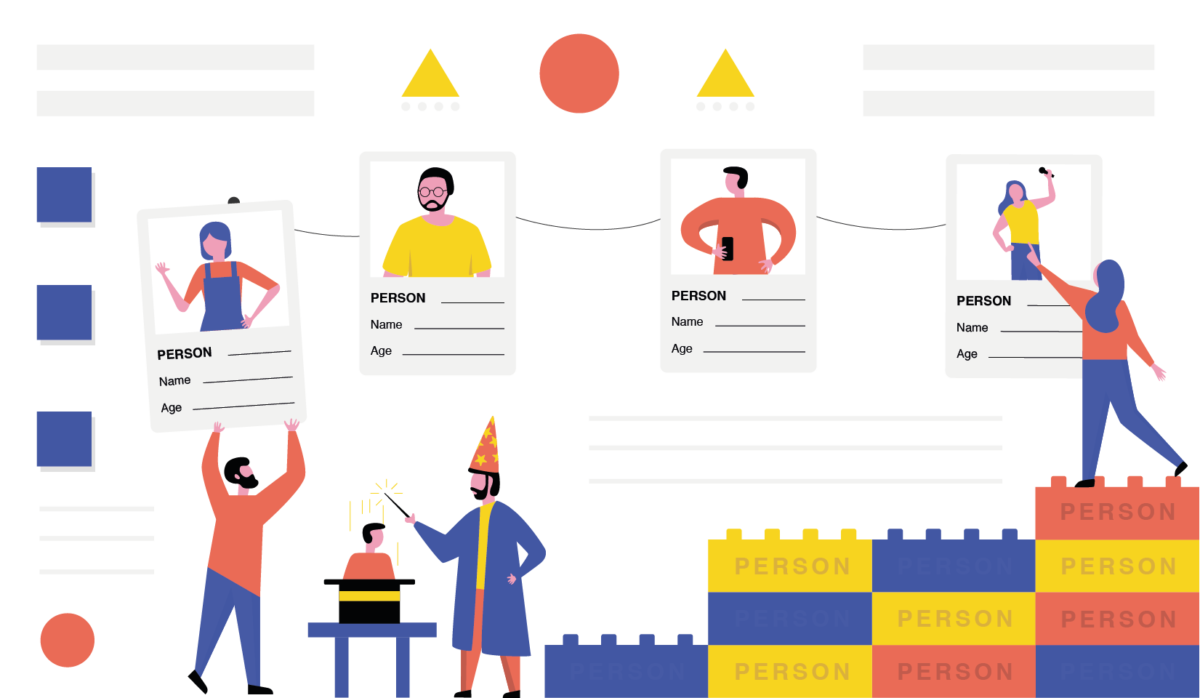Think of your report card from grade school. Your Grade Point Average (GPA) was a way of tracking your progress and achievement in school over time. And that’s precisely what Key Performance Indicator (KPI) is.
KPIs are specific, measurable, attainable, relevant, and time-bound indicators that show whether or not progress is being made toward meeting objectives. In business, these objectives can be revenue growth, customer acquisition, or website traffic increase.
Sounds essential, right?
Yet, many businesses don’t bother to track KPIs associated with their website design. This is a mistake. Just as you wouldn’t have gone through school without checking your GPA, you shouldn’t run your business without tracking your website design KPIs.
Let’s look at some of the most integral website design KPIs and why you need to start tracking them.
What are some common web design KPIs?
With so many different KPIs, it’s hard to know which ones to track. Here are some common KPIs that you should keep an eye on:
Loading Speed
Your website design directly affects how quickly your pages load. And loading speed is a critical KPI. A study by Akamai found that every second of delay in page loading time can lead to a 7% loss in conversions.
A number of factors can affect loading speed, including the size and number of files, the use of images and other media, and the code used to create the site.
Readability
Readability is a design concept that refers to how easy it is for visitors to read the content on a website. Your font choice, line spacing, and layout can impact the readability of your site.
People may have difficulty understanding your message if your design is cluttered or your font is too small.
Consistency
This pertains to the overall look and feel of the site and how well elements work together. The site’s tone should be consistent throughout, and the messaging should be clear and on-brand.
Perhaps the most important way to measure consistency is to simply take a look at the design as a whole. Do the colors and fonts complement each other well? Does the overall design feel cohesive?
Error frequency and recovery rate
When designing a website, one of the key considerations is how often errors will occur and how quickly they can be recovered. To measure these factors, web designers typically use error frequency and recovery rate metrics.
You can track these parameters using various tools, including heat maps, session replay, and event tracking.
Browsing sequence
The browsing sequence refers to the order in which customers view the different pages on a website. Generally speaking, customers will start by looking at the home page. From there, they’ll click on links to other interesting pages.
Web analytics can provide detailed information about what pages customers visit, how long they stay on each page, and what actions they take.
Bounce Rate
The percentage of users that leave after only reading one page is defined as the bounce rate. A high bounce rate indicates that people leave your site without taking any action like making a purchase or subscribing to your newsletter.
Conversion Rate
Your design effort’s success can be measured by how many people take the desired action on your website. Your overall website layout, color choice, and images are some design elements influencing conversion rates.
Now that we have explored some common web design KPIs let’s take a closer look at why you should start tracking them.
Why tracking website design KPIs important?

A lot of companies don’t realize that tracking their KPIs is essential to improving their website and how valuable it can be. Let’s move to the question: why should you track your website design KPIs?
1. To identify which pages are performing poorly
If you’re not tracking your KPIs, you won’t be able to see which pages are causing friction for your customers. This makes it difficult to identify which areas need improvement.
Let’s say you have a high bounce rate on your pricing page. It could be because the page’s design is confusing, and potential customers don’t know where to click or what to do next. Or, it could be that the pricing is too high for the average customer.
In either case, it’s necessary to examine your pricing page and see if there are any ways you can improve it. A few small changes could make a significant impact on your conversion rate.
2. To track how effective your changes are
Speaking of changes, it’s vital to track how effective they are. Otherwise, you can’t tell if your efforts are paying off.
Suppose you’ve made some changes to your pricing page and want to know if they’re working. Comparing pre-change and post-change data will give you a good idea of whether or not your changes have the desired effect.
3. To measure how effective different graphics elements are
The images and videos you use on your website can greatly impact browsing behavior and conversion rates. But it can be hard to identify which elements are working and which ones aren’t without tracking KPIs.
For example, you might find that when you create a product video and add it to your product pages, it boosts conversion rates. Or, you may discover that people spend more time on infographics than text-based blog posts.
4. To justify your budget
If you want to get more money for your web design budget, you need to be able to show that your current budget is used effectively. Tracking web design KPIs can help you do that.
By showing your boss or client the data, you can justify your current budget and get more money for future projects.
5. To benchmark your progress
You can see how your design performance stacks up if you track your KPIs. It’s difficult to know how well you’re doing compared to other businesses in your industry without the data based on your metrics.
Tracking page load times, conversion rates, and bounce rates will give you valuable insights into different aspects of your website’s performance.
6. To make data-driven decisions
When making decisions about your website’s design, it’s important to base them on data, not assumptions. Otherwise, you risk losing time and money on changes that don’t actually improve your performance.
Tracking web design KPIs will give you the insights you need to make data-driven decisions. The figures will tell you what’s working and what isn’t.
7. To determine the best placement for ads and call to actions
If your website conversion rate is low, it could be because you’re not placing your ads and call to action in the most effective spots. If you track your web design KPIs, you can see which pages get the most traffic and where people spend the most time.
You can then use this information to place your ads and call to action on the most popular pages or in areas where people are more likely to convert. Alternatively, you can consider A/B testing to find the best placement for your ads and call to action.
Bottom Line
Sometimes people get overwhelmed in designing their website and forget to check its effectiveness. It’s important to pause or step back for a bit and assess your website. Keep in mind your goal and the purpose why you made the website in the first place.
From there, decide what web design KPIs you need to track. Looking at too many numbers and data could be confusing and stressful sometimes. However, tracking your KPIs will be worth your while in the long run.
- Why You Need To Start Tracking Your Website Design KPIs - August 8, 2022
![]() Give feedback about this article
Give feedback about this article
Were sorry to hear about that, give us a chance to improve.







